Understanding RRSP Gold Conversion: A Path to Diversified Retirement Savings
Retirement planning is one of the most significant financial endeavors individuals undertake. For Canadians, the Registered Retirement Savings Plan (RRSP) serves as a cornerstone of retirement preparation, offering tax advantages and a structured way to save for the future. While traditionally focused on investments like mutual funds, stocks, and bonds, RRSPs are now evolving to include more diverse options, such as gold. This process, known as RRSP gold conversion, has gained attention as a way to hedge against market volatility and inflation. In this article, we’ll delve into what RRSP gold conversion entails and why working with a specialized RRSP Gold Company can be critical to your success.
What Is RRSP Gold Conversion?
RRSP gold conversion is the process of transferring funds from your RRSP account into investments backed by physical gold or other precious metals. Instead of holding traditional paper assets, this strategy allows investors to diversify their portfolios with tangible, inflation-resistant assets. Gold has historically served as a store of value during times of economic uncertainty, making it an appealing addition to retirement portfolios.
This process involves purchasing gold that is held in a secure, government-approved storage facility on behalf of the RRSP holder. The gold itself is not delivered to the investor but is accounted for as part of the RRSP, retaining its tax-advantaged status.
Why Consider Gold for Your RRSP?
The appeal of adding gold to an RRSP lies in its unique characteristics as an asset. Unlike stocks or bonds, gold does not generate dividends or interest, but it serves as a hedge against economic downturns and inflation. Here are some reasons why investors might opt for RRSP gold conversion:
- Portfolio Diversification
Diversification is a fundamental principle of investing. By including gold in an RRSP, investors reduce their reliance on traditional assets that may be more susceptible to market fluctuations. - Inflation Hedge
Gold has a long history of preserving purchasing power. As inflation erodes the value of fiat currencies, the value of gold often rises, making it a strong hedge for long-term retirement savings. - Crisis Resilience
During economic crises, gold prices tend to rise as investors flock to it as a “safe-haven” asset. This can protect your portfolio during times of uncertainty. - Stable Value
Unlike paper currencies or certain equities, gold has intrinsic value, which provides stability over time. This characteristic makes it a valuable addition to retirement savings focused on long-term growth and security.
How Does RRSP Gold Conversion Work?
To convert part of your RRSP into gold, you must work with a financial institution or brokerage that facilitates this type of investment. Not all institutions offer this option, so selecting a trusted RRSP Gold Company is essential. Here are the general steps:
- Open a Self-Directed RRSP
A self-directed RRSP allows you to choose from a broader range of investments, including gold. If your current RRSP provider does not support gold investments, you may need to transfer your funds to a provider that does. - Work with an RRSP Gold Company
Partnering with a reputable RRSP Gold Company is crucial to ensure compliance with Canadian regulations. The company will guide you through the process of selecting approved gold products and arranging secure storage. - Choose Your Gold Investment
Not all gold is eligible for RRSP inclusion. The gold must meet certain purity standards (typically 99.5% or higher) and come in approved forms, such as bars or coins. - Purchase and Storage
Once the gold is purchased, it will be stored in a government-approved facility. These facilities ensure the security and proper accounting of your investment, which remains part of your RRSP.
Key Considerations and Risks
While RRSP gold conversion has its advantages, it’s essential to weigh potential risks and considerations:
- Storage Fees: Holding physical gold in a secure facility incurs storage and insurance costs, which can reduce overall returns.
- Market Volatility: Although gold is generally stable, its price can still fluctuate, affecting the value of your investment.
- Lack of Liquidity: Unlike stocks or mutual funds, physical gold may take longer to convert back into cash.
Choosing the Right RRSP Gold Company
The success of your RRSP gold conversion hinges on choosing the right partner. A specialized RRSP Gold Company will have expertise in Canadian regulations and a strong reputation for transparency and customer service. Look for companies that offer:
- Comprehensive guidance on gold investment options
- Secure and compliant storage solutions
- Competitive pricing and minimal hidden fees
- A clear process for buying and selling gold within your RRSP
Conclusion
RRSP gold conversion represents an innovative way to diversify and protect your retirement savings. By including physical gold in your portfolio, you can gain stability, hedge against inflation, and reduce risk during economic uncertainties. However, this strategy requires careful planning and the support of a trusted RRSP Gold Company to ensure compliance and security.
As with any investment decision, it’s crucial to evaluate your financial goals and risk tolerance before proceeding. With the right approach, gold can be a valuable addition to your retirement savings strategy, providing peace of mind and long-term value.…

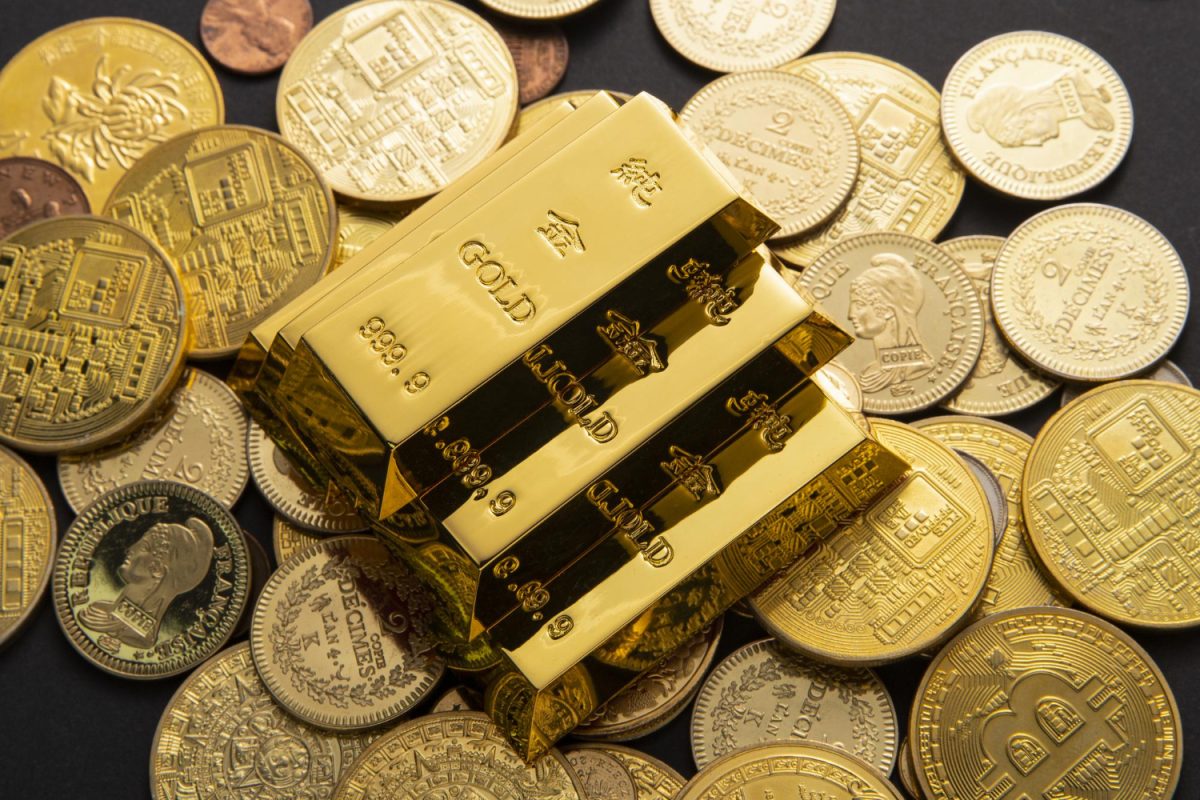
 The average American’s IRA includes stocks, bonds, and mutual funds and is administered by large financial institutions. These traditional vehicles for wealth protection in an IRA do not provide any assurance. Case and point–the importance of diversifying in entirely different asset classes was amplified in the 2000 and 2008 financial crises. In 2008, the stock market dropped nearly 40%, real estate values plummeted, unemployment surpassed 10%, and the dollar weakened. It became evident that although stocks, bonds, and real estate are different asset classes, all three are highly correlated in a crisis. This perfect storm evaporated retirement savings and nearly wiped out the safety net of many hard-working Americans.
The average American’s IRA includes stocks, bonds, and mutual funds and is administered by large financial institutions. These traditional vehicles for wealth protection in an IRA do not provide any assurance. Case and point–the importance of diversifying in entirely different asset classes was amplified in the 2000 and 2008 financial crises. In 2008, the stock market dropped nearly 40%, real estate values plummeted, unemployment surpassed 10%, and the dollar weakened. It became evident that although stocks, bonds, and real estate are different asset classes, all three are highly correlated in a crisis. This perfect storm evaporated retirement savings and nearly wiped out the safety net of many hard-working Americans.
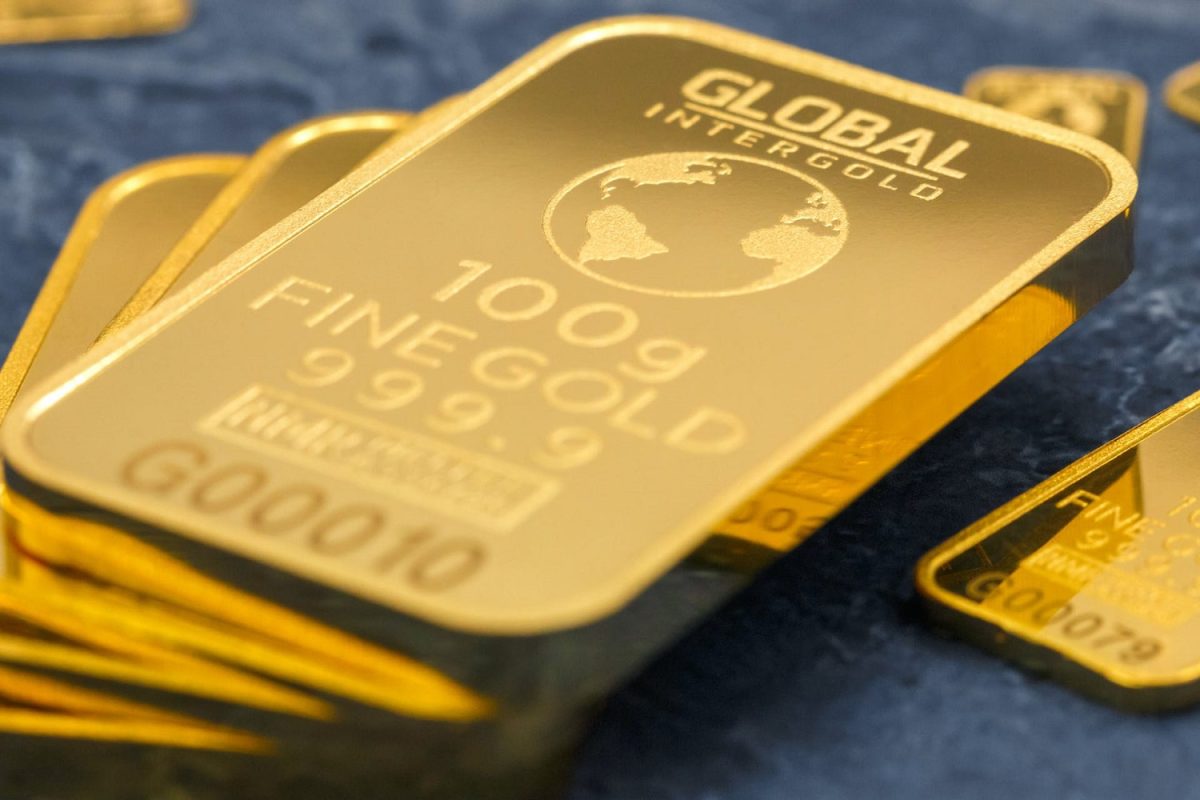
 Let’s dissect the main differences between the two concerning retirement fund protection:
Let’s dissect the main differences between the two concerning retirement fund protection: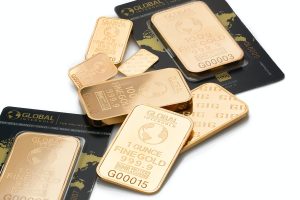 Direct Control And Access:
Direct Control And Access: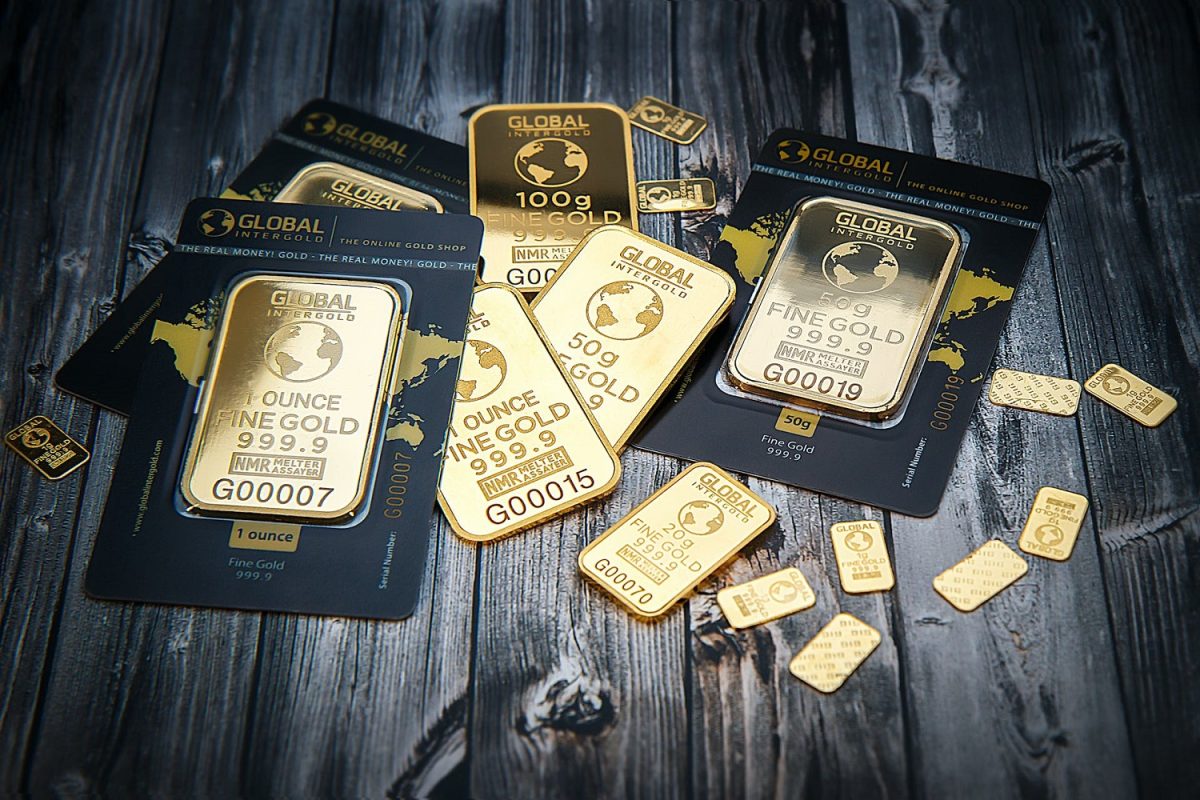
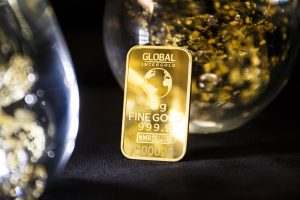 The physical Gold IRA is for investors who want to own gold bars and coins in their retirement accounts.
The physical Gold IRA is for investors who want to own gold bars and coins in their retirement accounts. Inflation:
Inflation: